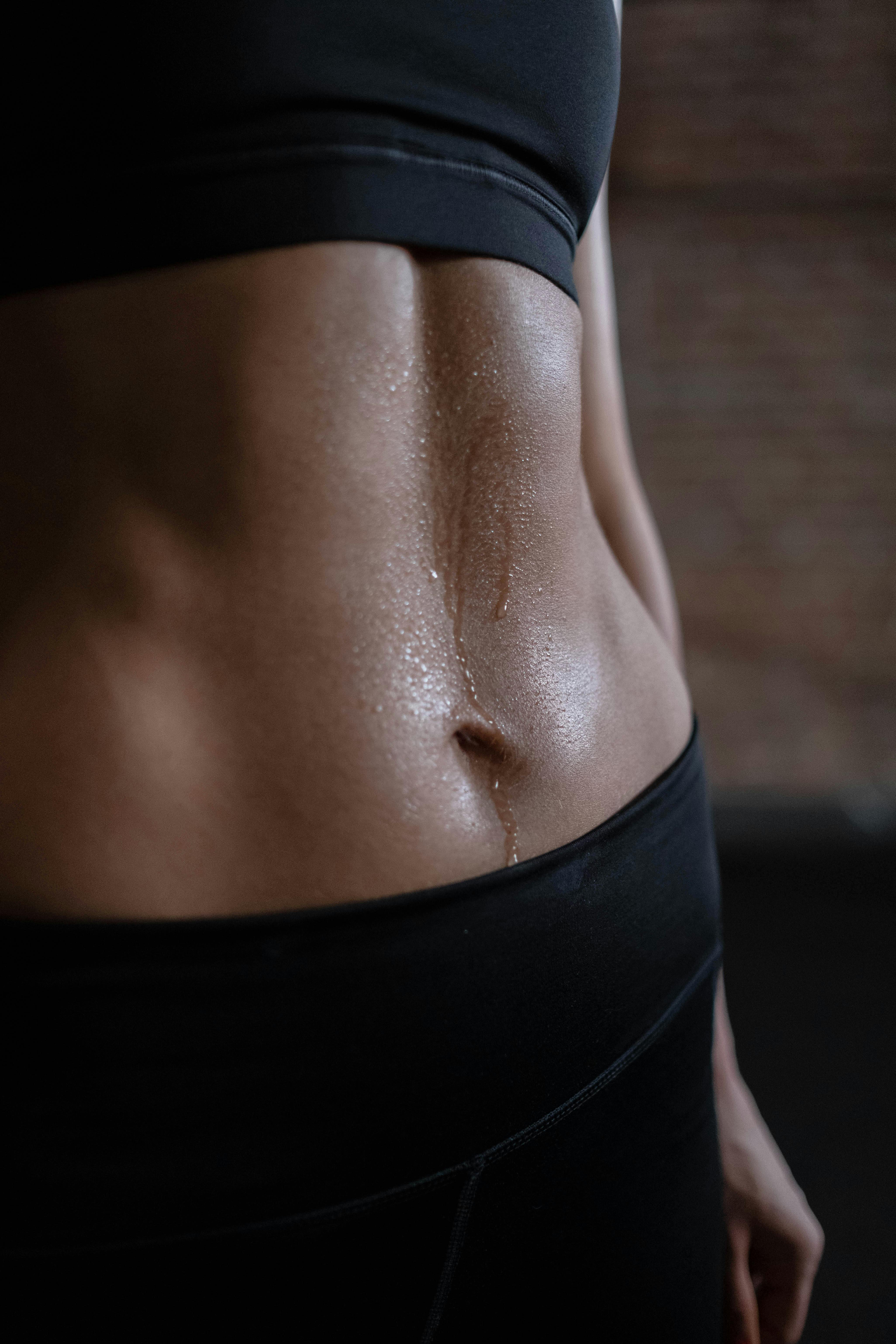Sweat Sorcery: The Hidden Power of Perspiration
In the world of beauty and fitness, we often focus on what we put into our bodies or apply to our skin. But what about the substances our bodies naturally produce? Sweat, that glistening elixir of exertion, has long been overlooked as a mere byproduct of physical activity. Yet, recent research reveals that perspiration holds untapped potential for both health and beauty. From its role in detoxification to its surprising impact on skin health, sweat is emerging as a powerful ally in our quest for wellness. This article delves into the fascinating world of sweat, exploring its composition, benefits, and the innovative ways we can harness its power for optimal health and beauty.

Recent studies have shown that sweat also contains antimicrobial peptides, which play a crucial role in our skin’s defense against pathogens. These natural antibiotics help maintain the delicate balance of our skin’s microbiome, protecting us from harmful bacteria and fungi. Additionally, researchers have discovered that sweat contains small amounts of growth factors and cytokines, which are involved in skin repair and regeneration.
Sweat as a Natural Detoxifier
One of the most intriguing aspects of sweat is its potential role in detoxification. While the liver and kidneys are the primary organs responsible for eliminating toxins from our bodies, emerging research suggests that sweating may aid in the removal of certain harmful substances. A study published in the Archives of Environmental and Contamination Toxicology found that sweat contained measurable amounts of heavy metals, including lead, cadmium, and arsenic.
Moreover, sweat has been shown to contain trace amounts of bisphenol A (BPA), a chemical found in many plastics that has been linked to various health concerns. While the quantities of these toxins in sweat are small, some researchers argue that regular sweating through exercise or sauna use could contribute to the overall detoxification process, complementing the work of our primary excretory organs.
The Beauty Benefits of Perspiration
Contrary to popular belief, sweating can actually be beneficial for your skin. When we sweat, our pores open up, allowing for a deep cleanse that can help remove dirt, oil, and dead skin cells. This natural cleansing process can contribute to clearer, more radiant skin. Additionally, the antimicrobial peptides in sweat help protect the skin from acne-causing bacteria.
Sweat also plays a role in maintaining the skin’s acid mantle, a thin, slightly acidic film on the surface of the skin that acts as a barrier against bacteria and other potential contaminants. The electrolytes in sweat, particularly sodium and chloride, help maintain this protective layer, keeping our skin healthy and resilient.
Harnessing the Power of Sweat in Fitness
In the fitness world, sweat has long been seen as a badge of honor, a visible sign of hard work and exertion. However, the benefits of sweating during exercise go beyond just burning calories. When we sweat during physical activity, our body’s cooling mechanism kicks in, helping to regulate our core temperature and prevent overheating.
This thermoregulation process has additional benefits. As our body works to cool itself, our cardiovascular system gets a workout, pumping blood more efficiently to our skin’s surface. This increased circulation can lead to improved overall cardiovascular health and contribute to that post-workout glow.
Moreover, the act of sweating itself may have psychological benefits. Many people report feeling a sense of release and relaxation after a good sweat session, which could be attributed to the production of endorphins during exercise. Some fitness enthusiasts even speak of a “sweat high,” a euphoric feeling that comes from intense, sweat-inducing workouts.
Innovative Sweat-Based Therapies
The recognition of sweat’s potential has led to the development of innovative therapies and products. One emerging trend is “sweat analysis,” where the composition of an individual’s sweat is analyzed to provide personalized health and fitness recommendations. Some companies are developing wearable devices that can analyze sweat in real-time, providing information on hydration levels, electrolyte balance, and even stress levels.
In the realm of skincare, some forward-thinking brands are incorporating synthetic sweat-like compounds into their products. These formulations aim to mimic the beneficial components of natural sweat, such as the antimicrobial peptides and growth factors, to promote skin health and combat signs of aging.
Another intriguing development is the concept of “sweat banking.” Similar to blood banking, this involves collecting and storing an individual’s sweat for potential future use. While still in its infancy, proponents suggest that banked sweat could be used for everything from skin grafts to personalized probiotic treatments.
In conclusion, sweat, once viewed as a mere inconvenience, is revealing itself to be a powerful tool in our health and beauty arsenal. As we continue to unravel the mysteries of this complex fluid, we may find even more ways to harness its potential. From its detoxifying properties to its role in skin health and beyond, sweat is proving that sometimes, the most valuable solutions are the ones our bodies naturally produce. As we move forward in our quest for optimal wellness, it’s clear that embracing our body’s natural processes, including the often-maligned act of sweating, may be key to unlocking new levels of health and beauty.





